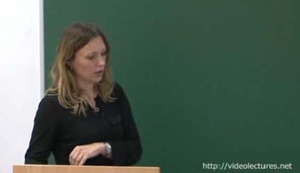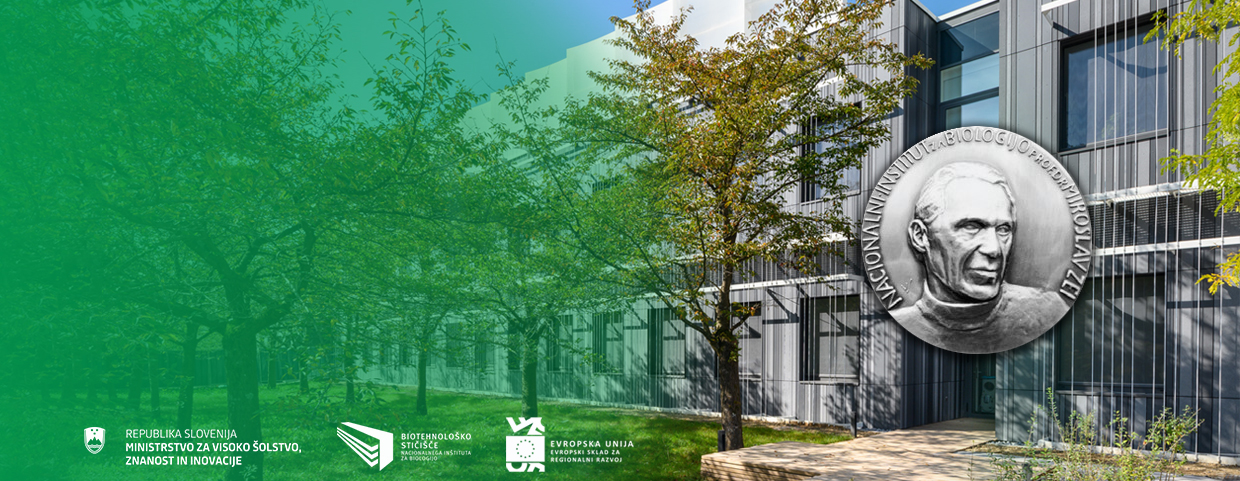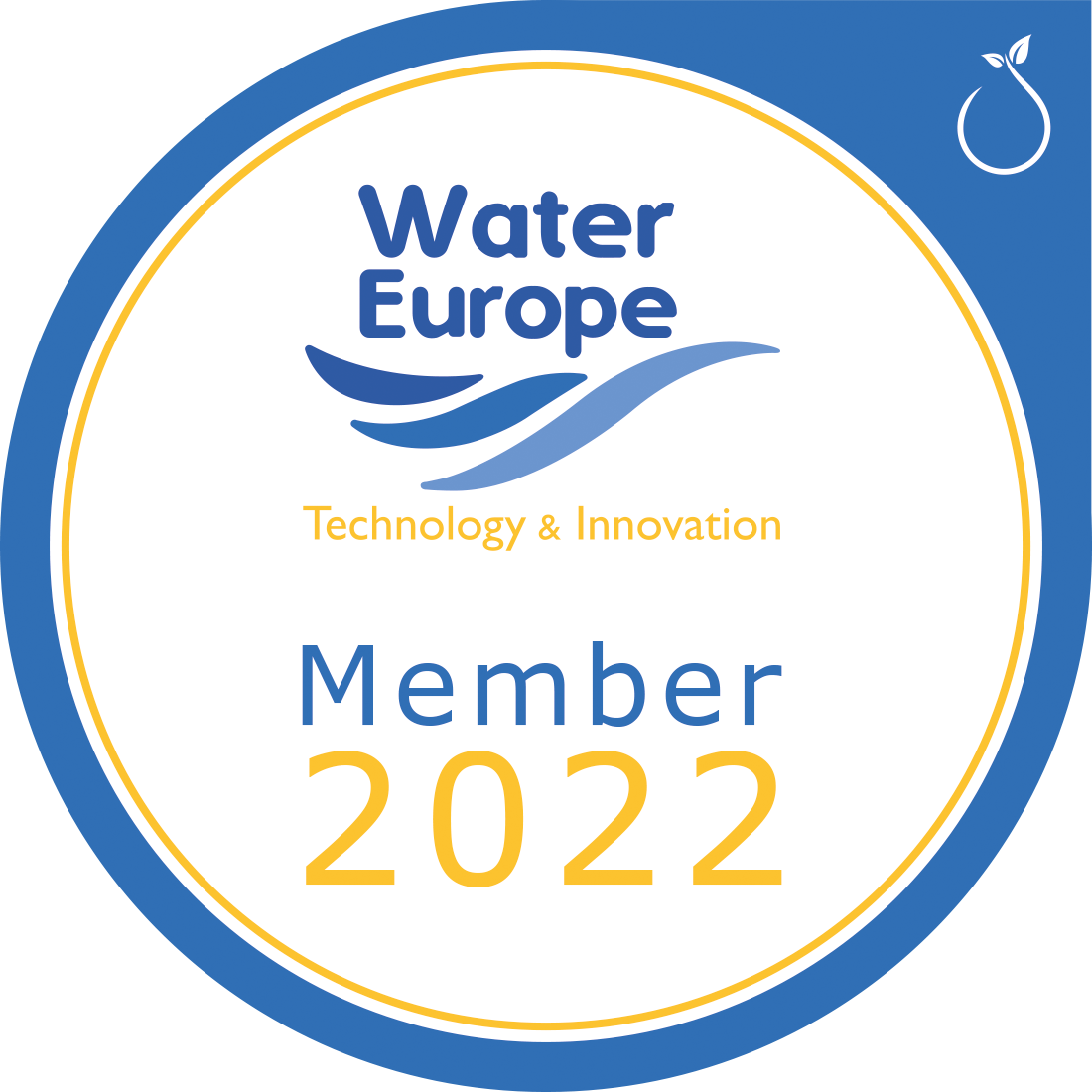26
Jan
Dr. Magdalena Stevanović: " Biomacromolecules in controlled release and nanomedicine: Poly (lactide-co-glycolide) micro and nanospheres"
National Institute of Biology kindly invites you to view the lecture: » Biomacromolecules in controlled release and nanomedicine: Poly (lactide-co-glycolide) micro and nanospheres«, by Dr. Magdalena Stevanović, from the Institute of Technical Sciences of the Serbian Academy of Sciences and Arts, Belgrade, Serbia. The lecture took place on Friday, the 27th January 2012, on the National Institut of Biology, Večna pot 111, in Ljubljana.
National Institute of Biology kindly invites you to view the lecture:
» Biomacromolecules in controlled release and nanomedicine: Poly (lactide-co-glycolide) micro and nanospheres«,
by Dr. Magdalena Stevanović, from the Institute of Technical Sciences of the Serbian Academy of Sciences and Arts, Belgrade, Serbia
The lecture took place on Friday, the 27th January 2012, on the National Institut of Biology, Večna pot 111, in Ljubljana. Abstract:
Abstract:
Biomacromolecules such as poly (glycolic acid), poly (lactic acid), their copolymers and other polyesters have been used in a number of clinical applications. The major applications include drug delivery systems, tissue engineering applications, resorbable sutures and orthopaedic fixation devices. Among the families of synthetic polymers, the polyesters have been attractive for these applications because of their ease of degradation by hydrolysis of ester linkage, degradation products being resorbed through the metabolic pathways and the potential to tailor the structure to alter degradation rates.
Poly(lactide-co-glycolide) (PLGA) or poly(D,L-lactide) (PDLLA) particles allow the encapsulation of medicaments within the polymer matrix, and the crucial requirements for the controlled and balanced release of the medicament in the body are their ideal spherical shape and narrow size distribution. The size and shape of particles play the key role in their adhesion and interaction with the cell. Polymer degradation, also, plays a key role in medicament release from sustained release polyester systems, therefore in order to elucidate the mechanism governing release, it appears essential to analyze the in vitro degradation behavior of these devices.
Different medicaments (water soluble vitamins, protein (horseradish peroxidase-HRP), silver nanoparticles) have been successfully encapsulated into polyester micro and nanospheres thus creating nanoparticles with various morphological characteristic depending of the concentration of the active substance. In vitro degradation process and release tests, cytotoxicity, labeling polyester particles by 99mTc and biodistribution of PLGA nanoparticles without and with encapsulated medicament were examined. PLGA nanospheres with encapsulated ascorbic acid exhibit prolonged blood circulation accompanied by time dependent reduction in lung, liver and spleen, and addition in kidney, stomach and intestine. The obtained results indicate that neither PLGA nanospheres nor PLGA/ascorbic acid 85/15% nanoparticles significantly affected the viability of the HepG2 cells. HRP-loaded PDLLA spheres were successfully prepared by the modified precipitation method that was previously applied for blank PDLLA and PLGA nanospheres.
The HRP-loaded microspheres have been successfully formulated with spherical morphology, suitable particle size, high protein encapsulation efficiency and good protein stability. Silver nanoparticles were prepared by modified chemical reduction method with saccharide as reducing agent and with poly (α, γ, L-glutamic acid) as capping agent and were additionaly encapsulated within PLGA particles to ensure their release and therefore the antimicrobial effect over an extended period of time.
The samples were characterized by X-ray diffraction, scanning electron microscopy, stereological analysis, transmission electron microscopy, ultraviolet spectroscopy, instant thin layer chromatography, differential scanning calorimetry, fourier-transform infrared spectroscopy and zeta potential measurements.
Kindly invited!
The lecture was held in English.
Link to the Lecture - VideoLectures.net















